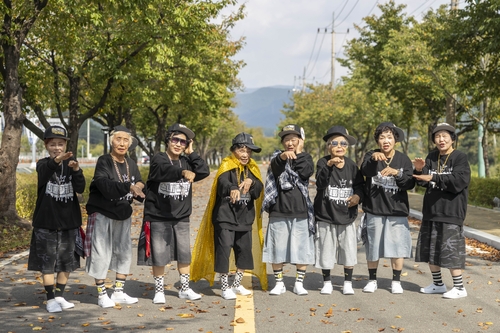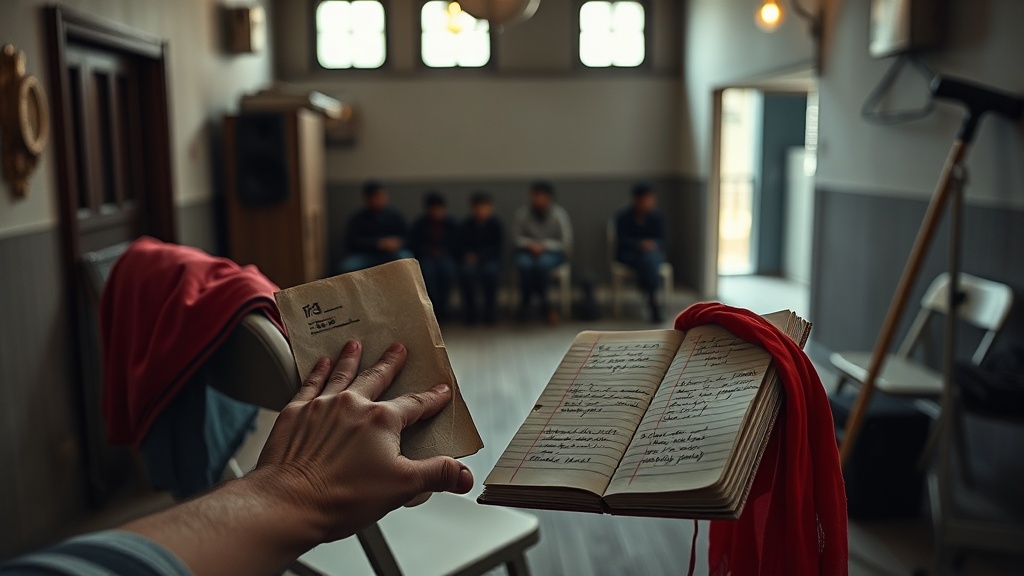Their challenge blurs local and generational lines.
Participation in variety shows becomes more than personal expression — it becomes public culture.
Health, ethics, and commercial use should be examined together.
What are the Chilgok grandmother rappers trying to say on stage?
Overview
The challenge continues.
The Chilgok grandmother rapper movement began public activity in August 2023.
Notable groups include Suni and the Chilgongju and Garden Queen Sisters.
Many members learned to read and write through adult literacy classes, then turned their own poems into rap lyrics — a story that has drawn attention at home and abroad.
The project draws sympathy from neighbors and curiosity from younger generations.
However, concerns about participants’ health and the commercial exploitation of their stories persist.
History and context
It carries weight.
The rise of Chilgok’s grandmother rapper groups rests on longer local efforts.
Community adult literacy programs and local cultural initiatives supported their creative work.
Learning Hangeul (Korean alphabet), writing poems, then shaping them into rap is an example of education and culture merging.
Meanwhile, some community groups have framed these activities as new approaches to elderly care.
Local organizations run rap classes aimed at cognitive stimulation and delaying dementia symptoms.

Social impact
The ripple effects are broad.
This is not just an odd news item.
Fan clubs have formed, local brands get airtime on broadcast shows, and small boosts to tourism and the local economy have been reported.
More importantly, the movement nudges social perceptions about aging.
By entering a form of expression traditionally associated with younger people, older performers change generational role models.
Hip‑hop — often seen as youth culture — becomes a vehicle for older adults to tell their life stories.
Arguments in support
There are clear reasons to back this.
First, it expresses cultural value and spirit of challenge.
Attempting self‑expression regardless of age expands social diversity.
The process of writing lyrics and performing can restore self‑esteem in individuals and pride in the community.
Second, the activity has educational and therapeutic effects.
As a follow‑on to adult literacy, writing rap and performing can stimulate cognition and social engagement.
Locally, rap groups and classes for older adults are run explicitly as programs to help prevent dementia and to boost mental well‑being.
Third, it broadens content and variety in entertainment.
Producers seek fresh subjects and authenticity, and honest life stories can resonate deeply with viewers.
Therefore, broadcasters and creators can also find genuine value.
Local cultural resources can expand in new directions.
Such examples are likely to spread to other regions.
Arguments against
There are also significant worries.
First, the commercial nature of entertainment is a problem.
There is a risk older participants will be used as a temporary novelty.
Editing and staging meant to boost ratings can override genuine storytelling.
Second, the physical and mental burden can be excessive.
Survival‑style competition shows demand training, recordings, travel, and other stresses that tax endurance.
Older participants need more recovery time, so pushing an intensive schedule can be dangerous.
Third, privacy and personal data issues arise.
Interviews and behind‑the‑scenes footage can reveal private life details, and protections for older adults’ privacy may be insufficient.
If commercial use intensifies, participants’ rights might not be adequately safeguarded.
Entertainment value and human rights must be protected together.
Critics worry this balance is fragile.

Health and ethics
Safety comes first.
Basic measures include health checks and adequate rest time.
Producers should monitor participants’ physical condition, provide medical support when needed, and coordinate with care providers.
Also, stage direction and editing must avoid harming participants’ dignity.
Ethical considerations should outrank commercial gain.
Motives for participation, compensation, and follow‑up support should be transparent.
From a long‑term view, structures must benefit both the community and the participants.
Alternatives and recommendations
Toward a sustainable model.
First, involve local public health centers from the planning stage.
Healthcare workers and social workers can help monitor participant fitness and prepare for risks.
Second, make educational aims explicit.
Programs should go beyond entertainment to include literacy, cross‑generation empathy, and mental health goals.
This framing increases the public benefit of the project.
Third, make revenue and compensation transparent.
Define how production fees are distributed and ensure lasting benefits for participants and the local community.
Conclusion
The point is clear.
Their challenge breaks down generational barriers.
However, commercial use and participant safety require careful management.
Local communities and producers must cooperate to build a sustainable model.
Cultural diversity and human dignity must coexist.
Finding that balance is the task ahead.
In summary, this challenge deserves support, but only alongside careful safeguards.
What standards would you expect for their stage?